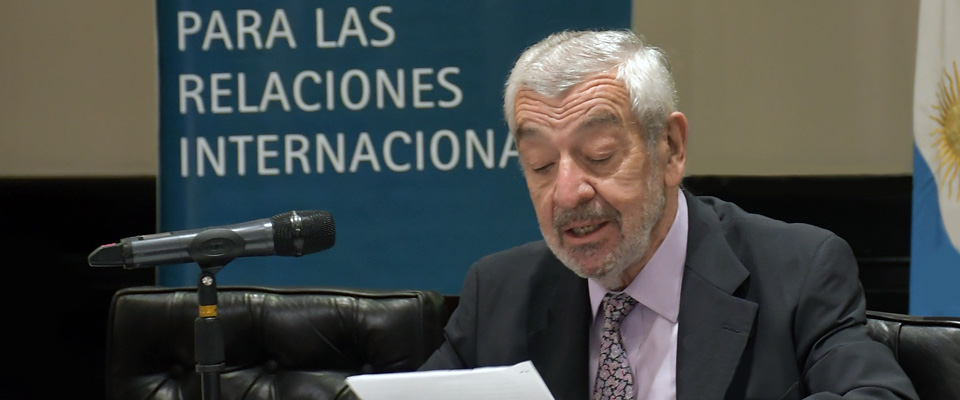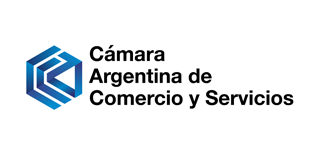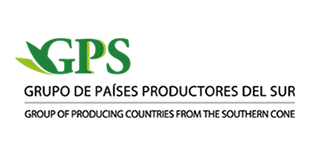
September 15, 2020
Seminar organized jointly by the Group of Contemporary Studies of the Eurasian Space and the Committee of Asian Affairs
By María Florencia Avena, Volunteer for the Communications Division
Translation by Yessenia Flores
The debate about the relationship between the two powers was the motive of the meeting of six specialists who offered their perspectives in the virtual seminar September 15th, organized jointly by the Group of Contemporary Studies of the Eurasian Space, under the direction of Ambassador Lila Roldan Vazquez, and CARI's Committee of Asian Affairs, which is lead by Ambassador Eduardo Sadous.
Present at the meeting was Adalberto Rodriguez Giavarini, president of CARI, who began the day with congratulating the organizing team and to the attendees. The first presentation was led by Dr. Andrés Serbin, president of the Coordinadora Regional de Investigaciones Económicas y Sociales (CRIES); continuing was Dr. Andrés Di Pelino, from the University of Belgrano; third is Dr. Carola Ramón, assistant secretary of Multilateral Economic Negotiations and Bilaterals of the Ministry of Foreign Affairs , Commercial and Culture and also a member of CARI; then spoke Dr. Jorge Malena, coordinator of CARI's China Group and Dr. Paulo Botta, an advising member for CARI. Finally, closing the presentations was Mgt. Juan Battaleme, Academic Secretary for CARI.
Dr. Serbin utilized the time in his presentation to briefly rebuild the linked history between Russia and China until present time, to synthesize the axes and objectives that have sustained them. "we are living in the most frigid time in their relations from 1950 to now", he stated. In this sense, he highlighted three axes that articulate cooperation, "although not without tension": the geoeconomic, the military, and the diplomatic. The joint work, Serbin recounted, had two large objectives. On one end, secure the regional stability of Eurasia to count on as a rearguard so much for China as for Russia. On the other end, combat "the three evils" in matters of defense and security: separatism, terrorism, and religious fundamentalism. In this framework, Dr. Serbin proposed to envision a great debate: "is the cooperation of Russia and China a matrimony of convenience or is it developing into a military alliance without formal agreement?". Facing this question, Serbin presented three possible scenarios: 1) the continuity, at least in the short term, of the Russia-China alliance; 2) Russia's possible rapprochement to the US, and 3) the possible rupture between Russia and China. In all these cases, Serbin supported that they would be conditioned by a common enemy: the United States.
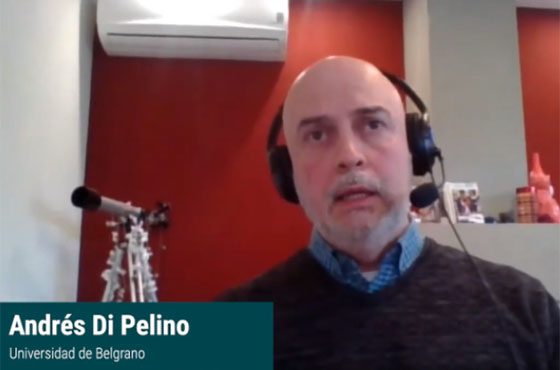
Dr. Di Pelino made an analysis on energy matters to the relationship maintained by the countries in question, and over those current projects, said: "the jewel of the Russia-China integration is the 'Power of Siberia' pipeline". This would mean an annual production of 38 billion cubic meters of gas from deposits in Russia to guarantee supply for thirty years to China. The expert described the ambitious journey for the company Gazprom, that connects both countries crossing Siberia and its mountain's severe weather conditions. As an economist, Di Pelino observed Russia to be a large energy producer and China a large consumer, just as Japan and South Korea would be, of which form part of an influential zone of gas importers. However, he said that we shouldn't lose sight of the link China has with other central Asian nations, and potential suppliers that may be established from the Silk Road. Thus, he maintained that they should bet on a win-win relationship in which all parties in commercial agreement would always benefit when played intelligently, and with clear rules. Furthermore, he perceived: "no other country will interfere if there is no assured loyalty".
Dr. Ramón illustrated through a map of the two paths China's strategy has for the Silk Road, whose objective is to amplify the economic and political influence of the country in the Eurasian space through two ways: land and sea. She highlighted that the initiative has been approved by various countries, but in this opportunity, the specialist concentrated her discourse on the six land passages (a route previously known as the Belt) and emphasized that three of these passages cross to the west of China, specifically the autonomous regions of Sinkiang and Tibet. Dr. Berjano insisted on this point because it responds to the principal of the four fundamental axes in China's strategy, the economic development of the country, "going to the outside world, but through the inside". According to Dr. Berjano, this means to say that Eurasia is expected to replicate the successes of the special economic zones that have developed in the East since the 80s. The remaining axes, she explains, are about the geopolitical dimension and China's positioning on an international level, and what Dr. Berjano calls "globalization with Chinese characteristics", which is to say, the search of five types of connections through the Silk Road: political, economic, financial, infrastructure and from person-to-person.
Dr. Malena exposed that the Asociación Estratégica Integral de Coordinación para una Nueva Era is at the highest category in the strata alliance that China is forging, and includes the cooperation in international, economic, scientific-technological and defense. In this setting, the academic maintained that the agreements between Russia and China took note of their compromise with defense from a multipolar global order. Furthermore, Malena commented that the leaders Putin and Xi Xingping would meet regularly and maintained a fluid relationship. He recorded the strengths of each country and affirmed that there exists a "complementary strategy between Beijing and Moscow". At the same time, he dismissed the operability of triangular logistics between the United States, Russia and China, assuring that the association of the latter two had begun to deepen long before the United States' political changes towards them. "Besides the strategy, the complementarity between them is essential", defined the doctor, recounting that Russia is a large food provider, energy and defense; while China has a large infrastructure capacity and available foreign currency. It is as such that "for the next few years to expect two hundred and five bilateral projects to be completed", he informed.
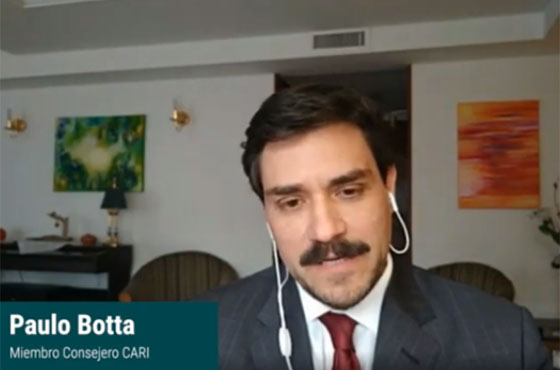
The fifth lecturer was Dr. Botta, defense and security specialist in the Eurasian space. He maintained that the relationship between the two powers can be characterized based on their areas for cooperation, competition, and also conflict. "We are in front of two powers: one traditional and the other ascending, that maintain relationships both bilateral and multilateral", in this sense, the specialist clarified that both [countries] seem to be motivated for their domestic policies and external factors. There were four areas that were taken into analysis: the buying and selling of arms, the existence of military bases, the existence of combined exercises and the perception of common threats. Then, after a detailed description of each point, he concluded with a question: could there be an alliance in the future? "For now, the advantages are Russia's because in addition to exceeding in selling arms and presence of abroad military bases, they have something that China doesn't: soft power". He said that even China needed Russia and sensed that the link between both still hasn't reached full confidence.
The final presentation was led by Mgt. Battaleme, who spoke over the motivations of the present North American defense strategy. He described the last three paradigms up until Trump's arrival to power, whose administration was defined as "a principal-based realism", which fundamentally consisted of returning to the competition between the great powers. Concentrating on the conjuncture, he counted the great potential of axes that sustain defense policies: the protection of the country, the expansion of American influence in the world and the preservation of peace. This final point, explained Battaleme, has been operating based on the North American capacity to directly indicate over two zones -- the European and Pacific command -- which is to say, under the logic of strengthening military capabilities to project some form of power. In this regard, he proposes that the military strategy is based on three Rs. First, reconstruct the arms utilized in past confrontations; secondly, reinforce the missile and nuclear component; and finally, redirect strengths to dilate the gap in time and as such avoid any imminent armed confrontation.
Ambassador Lila Roldán Vázquez concluded the meeting with final reflections and thanked the presenters.
